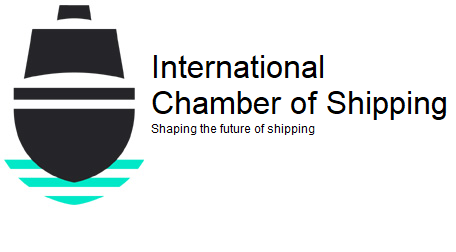While the shipping industry is known for the diversity of nationalities employed at sea, one area where diversity lags is in the employment of female seafarers. The International Chamber of Shipping (ICS) is launching a new initiative both to set a baseline for diversity and inclusion as well as to highlight the issue for shipping companies and ship owners around the world.
The ICS released its first report, the Diversity Tracker, looking into the state of diversity and inclusion in the global shipping labor force. They raise concerns over whether companies actively encourage diversity and inclusion amongst crews and staff.
“We find a diversified workforce, both on board our ships and at the office one of our strongest assets,” said Karin Orsel, Vice Chairman of the International Chamber of Shipping and CEO of MF Shipping Group. “Diversity, Equality, and Inclusiveness are key in providing a sustainable future for the global maritime industry and our company. We, therefore, applaud ICS with this diversity report, which is a first for the maritime industry and which showcases the leadership of the ICS on important issues. We do hope this report contributes to the needed change in Diversity and Inclusiveness policies within our industry and have been honored to be part of the project.”
The research revealed that the average ship has a mix of at least three nationalities on board, and sometimes as many as thirty. Three languages were the minimum spoken on the average ship. However, only half of the surveyed companies said that they are currently promoting and encouraging diversity and inclusion activities among crews or during hiring.
One area that the report specifically highlights is the lack of female seafarers. It says that 30 percent of companies employ women in board-level roles, and close to 60 percent of companies have female officers on board their ships, yet just 7.5 percent of total seafarers were female. Whilst the ICS says it is encouraging that many companies (75 percent) have a maternity leave policy, the report notes it is vital that the policies are robust.
The ICS report discusses the value of diversity, inclusion, and individual differences, and using information from the International Labor Organization (ILO), highlights recruitment and retention of seafarers and the promotion of opportunities for women seafarers. The report provides a list of recommendations for immediate improvement, including establishing an employment target in the next three years for women seafarers at 12 percent up from the current 7.5 percent. They are targeting 25 percent by 2040.
“Many industry sectors have been focusing on diversity for many years, but the shipping industry as a whole has been disappointingly behind the curve,” says Natalie Shaw, Director of Employment affairs for the International Chamber of Shipping. “The ICS Diversity Study Report aims to outline where we are now and where we need to get to as an industry in the next few years.”
The ICS also reported that it recently formed two panels, the ICS Diversity Panel and the ICS Women in Shipping Panel, which will use the report to consider further steps to achieve greater diversity in the shipping industry workforce.
The report, which surveyed 240 shipping companies across the world, sets baseline targets for improved corporate diversity and inclusion policies in the coming years. The ICS plans to update the report every three years.
Source: Maritime Executive






